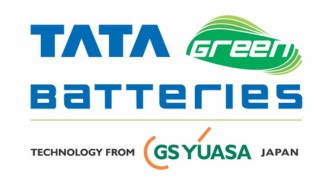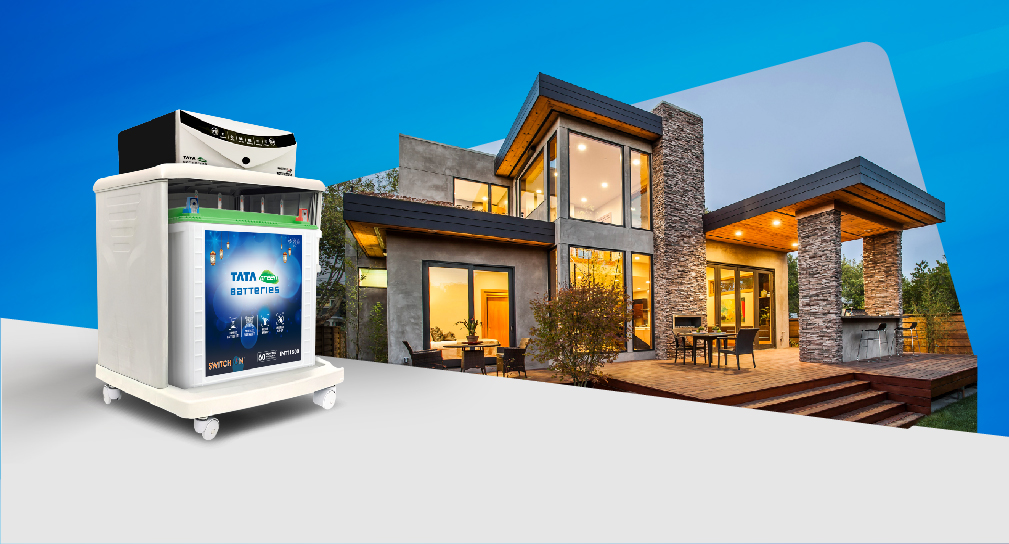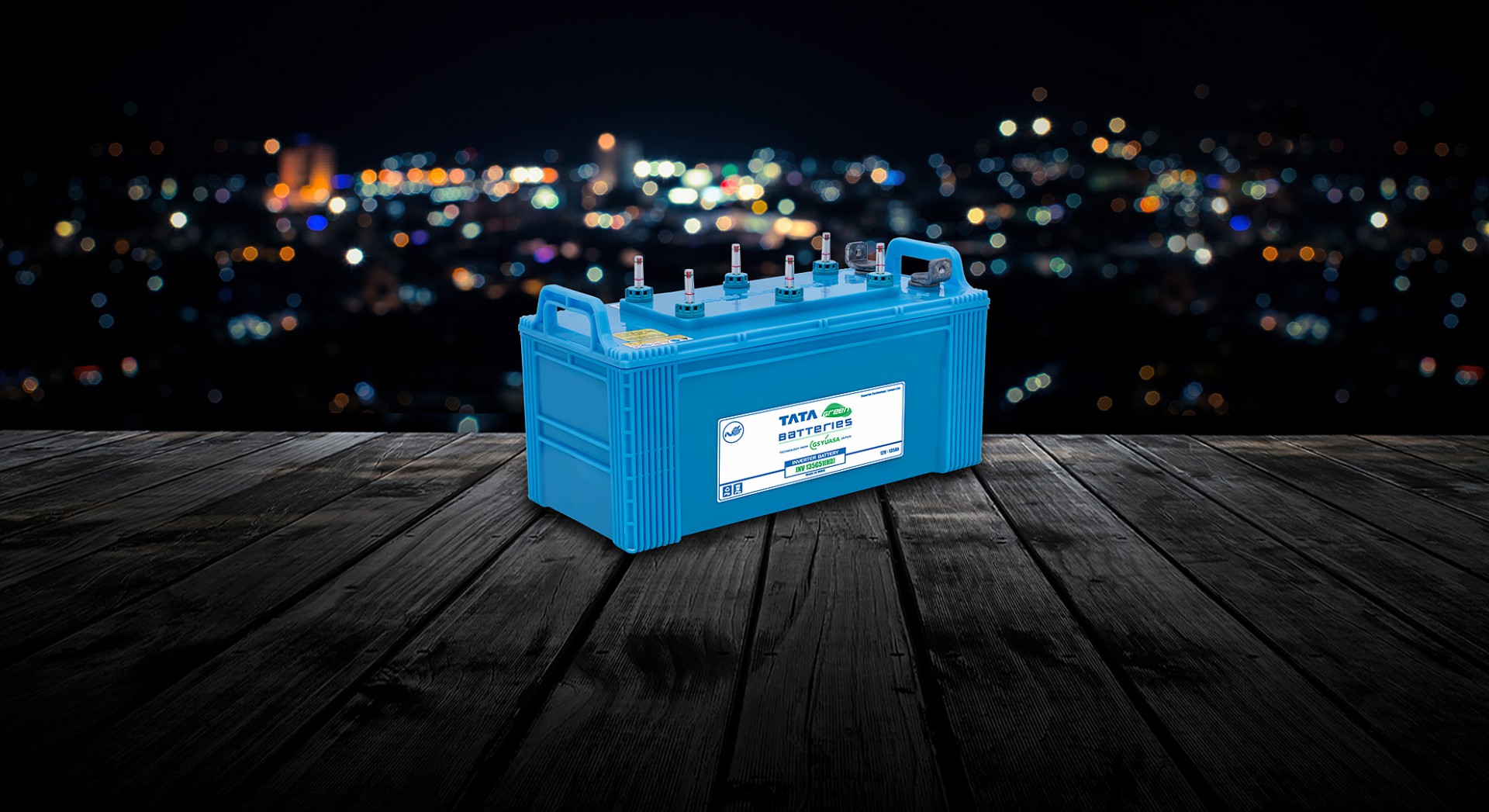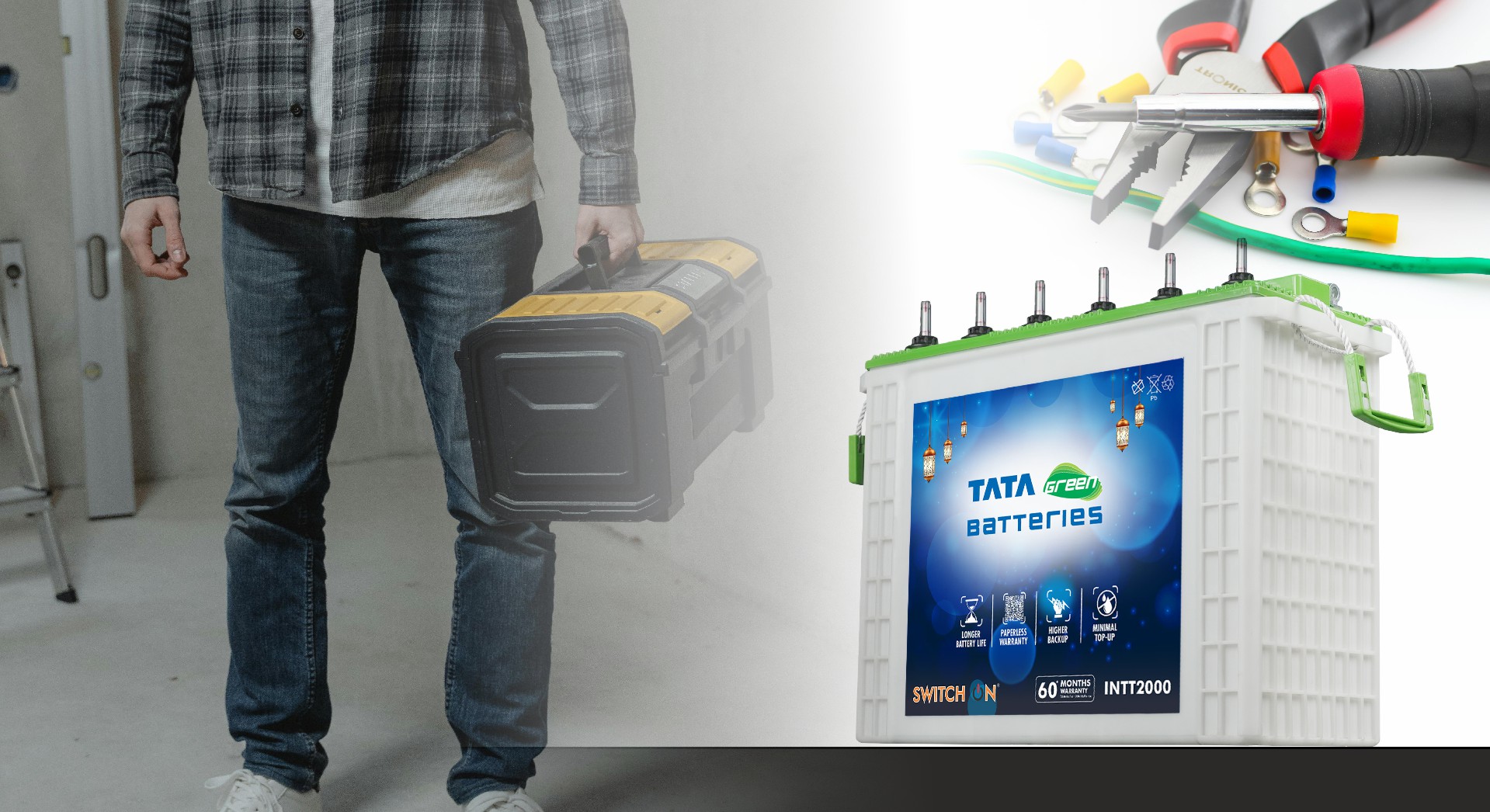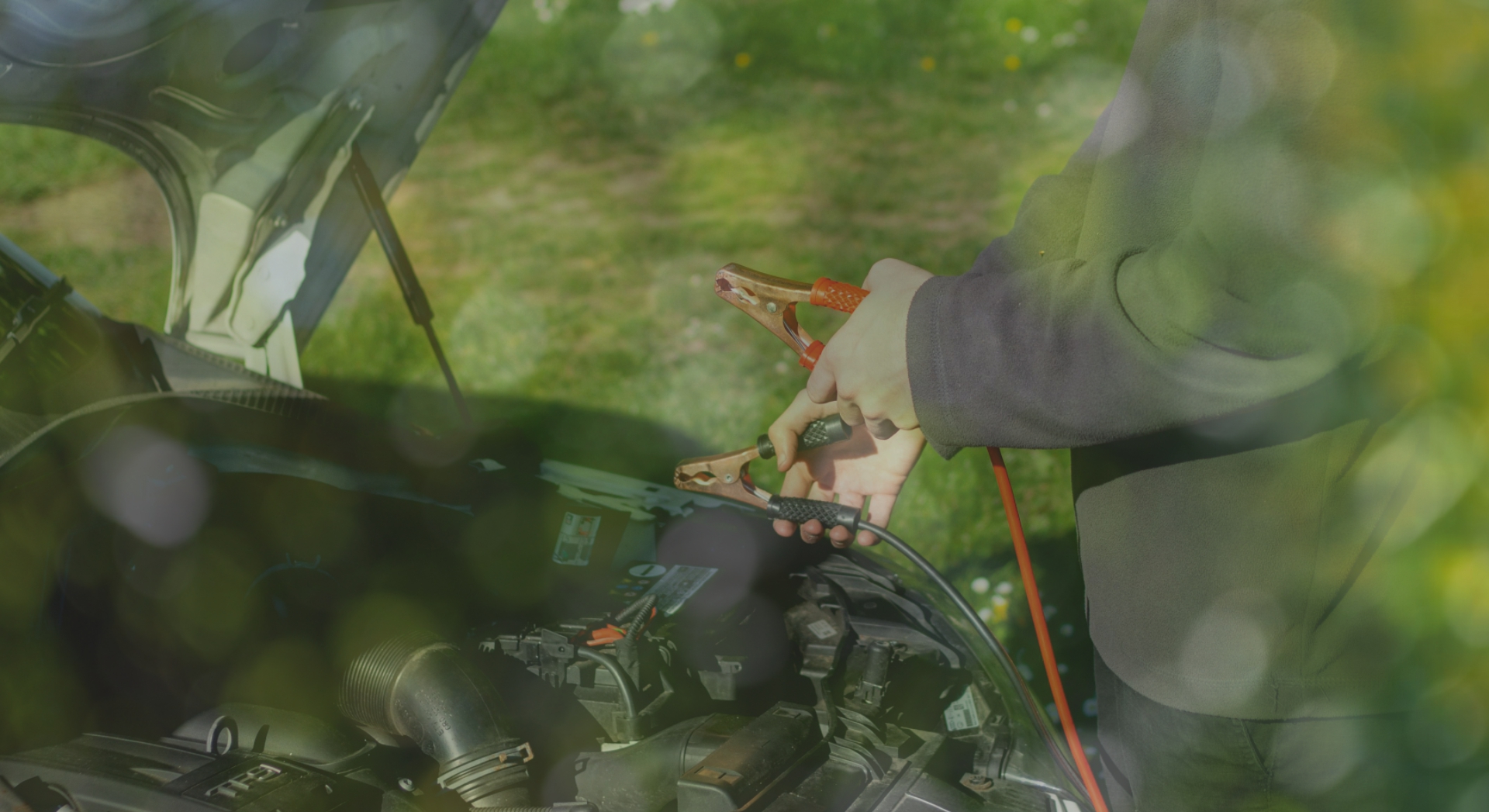With the ever-increasing consumption of electricity and the rising problems of power outages, inverters are in high demand in India, especially in the non-urban regions. With advances in technology, different types of inverters are available in the market, like the single-phase inverter, allowing you to have electricity in your home without any interruption.
If you are curious to know what is a single-phase inverter, then this guide is just for you as we discuss the important things you ought to know about it. Read on!
What is a Single Phase Inverter?
A single-phase inverter is a type of inverter that converts DC (direct current) source voltage into a single-phase AC (alternate current) output at a desired frequency and voltage. It is an energy backup system that allows you to store energy or power that you can use to run your home or office appliances when there is a power outage.
As the name says it all, a single-phase inverter connection has a single-phase power load and alternative switches to counterbalance them. There are two types of single-phase inverters – half-bridge inverter and full-bridge inverter.
Types of Single-Phase Inverter
Now that you know what is single phase inverter, you must also know its types, which include:
A half-bridge inverter has a simple structure, and it efficiently converts DC into AC. This type of inverter has two switch components, two diodes and two capacitors that establish a connection between the source and the load.
A full-bridge inverter is a type of inverter that is usually used for converting DC power into AC power. Unlike the half-bridge inverter, it comprises four switches and four diodes. This configuration of the full-bridge single-phase inverter provides versatility in adapting to different applications and load types.
Applications of Single-Phase Inverter
- Single-phase inverters are commonly used in residential solar panel systems to convert DC electricity generated by the solar panels into AC electricity for residential use and to power home appliances.
- Single-phase inverters are also widely used in uninterrupted power supply (UPS) systems to provide power backup during an electric outage. In the setup, these inverters convert the DC power from the batteries in the UPS to AC power to keep the appliances running seamlessly and without interruption.
- Most of the ventilation, heating and air-conditioning systems you find in the market employ single-phase inverters to control motor speed, enabling smooth operation of the appliance while saving energy.
- Single-phase inverters also play a critical role in emergency lighting systems, ensuring the lights remain operational during power failures.
- Apart from residential solar panel systems, single-phase inverters are also used in small-scale wind and hydroelectric power systems to convert DC power into grid-compatible AC power.
Benefits of Single-Phase Inverters
- Single-phase inverters are most cost-effective option when buying an inverter. As compared to three-phase inverters single-phase inverters are simpler to design and implement. And, because of their simplicity, they are also easy to install and maintain, making them a go-to choice of inverter even among individuals who have limited technical knowledge and expertise.
- Another significant benefit of single-phase inverters is that they can power most of the home appliances and devices you use. These inverters seamlessly integrate with the home appliances without a need of any additional equipment, besides you won’t have any compatibility issues.
- These inverters have a wide range of applications, from residential solar panel systems to small-scale renewable energy projects.
- When you use single-phase inverters to power your home appliances, you can be assured there is minimal voltage fluctuation, which keeps the device running efficiently for long. Also, these inverters are suitable for high input voltage.
How to Choose the Best Single-Phase Inverter for Your Home?
If you have no prior experience with buying an inverter, here are a few points that you must consider:
First and foremost, calculate your power requirements. You must decide how many devices you have or want to connect to the inverter, like fans, bulbs, tube lights, TVs, wi-fi routers, power sockets, etc. After that, determine how energy is used and choose the best inverter.
One of the best inverters you can consider buying for your home could be the SWITCH ON INTT180048 Inverter Battery from the house of Tata Green Batteries. It boasts cutting-edge Japanese technology, comes with a 36-month warranty, and has a capacity of 160Ah.
Another important aspect to consider while buying a single-phase inverter for your home is the size of the battery. The inverters come in different sizes, so measure up the dimensions of the space where you want to install or place the inverter and make the right choice accordingly.
For example, the SWITCH ON INTT180048 Inverter Battery’s dimensions are 410(L) x 190 (W) x 505 (H).
Conclusion
Thus, it is quite evident that single-phase offers several benefits and has various applications. So, are you looking for the best single-phase inverter for your home or office to ease the working process and keep the critical devices running without interruption? If yes, you must look at the range of single-phase inverter options offered by Tata Green Batteries on the website and choose the one that best suits your requirements.
